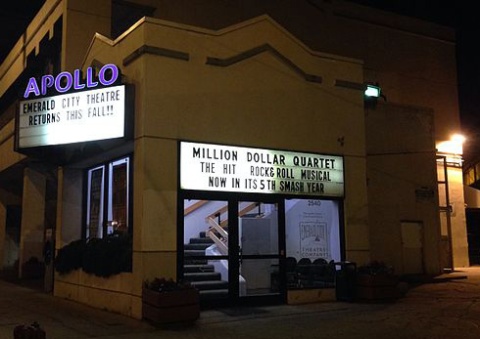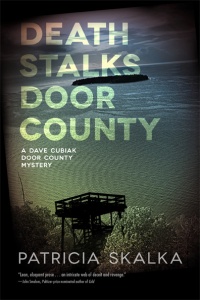Part 1 of 2
I recently went to my first Civil War reenactment. Up until May 18, 2014, everything I ever knew about Civil War re-enactors, I learned from Sharyn McCrumb’s Highland Laddie Gone. The people in that book were wacky, so I approached the experience with some trepidation. However, I am now a fan. My attitude changed when Sis and I visited Naper Settlement’s Civil War Days.
I was more comfortable at Civil War Days than I expected to be. You can ask Sis. She was a great companion, but I was a terrible one. I neglected her for long stretches while I picked the brains of faux quartermasters, period musicians, and medicine show charlatans.
To be fair, Sis had some warning that I was attending for research purposes. My current novel (working title: Dr. Miracle’s Medicine Show) is set a few years after the Civil War. Visiting a living history museum seemed a great way to see how people dressed, ate, and otherwise managed their lives back then.
Sis always says that you should try to learn 3 new things every day. Since it was a special research trip, I tried to learn more than that, but here are a few of the new things I either learned, and/or got to see up close and personal:

Professor Farquar at his 40-miler, meeting a client
I met “Professor Farquar” (aka Sanford Lee) who told me a lot about medicine shows, and got to check out his 40-miler wagon. While a big medicine show—like the ones for Hamlin’s Wizard Oil or Kickapoo Indian Sagwa—might use Percheron horses to pull their wagons, the little shows were much more compact. These smaller shows didn’t range more than about 40 miles from their home base. They might use donkeys if that’s all they could get, but they often liked to use zebras or llamas. What a great way to generate buzz!
Professor Farquar and I compared research notes and found that we’d done some of the same research on medicine shows, but he had one source that blew me away. Al Lewis (the guy who played Grandpa Munster on the old Munsters TV show) used to work the medicine show circuit! He gave Professor Farquar useful tips back in the days when they used to perform in dinner theatre together.

Playing jawbone & banjo—gourd banjo (inset)
And then, I learned bunches from the John and Elaine Masciale of Tin Cremona.
First, about banjos: Banjos were like the electric guitars of the 19th century—far and away the most popular instrument of the time. They didn’t always sound like they do now. Their precursors were made by African-Americans from gourds and gut. Even once white Euro-Americans co-opted the instrument, it was still made with wood, using gut strings. The period instruments sounded softer and mellower than the metal string banjos I’m used to hearing. You can hear a sample here, courtesy of Old Fiddle Road Banjo Works.
Next, the old minstrel shows had four major performers, which accounts for honorifics you may have heard in other contexts, like Mr. Tambo (or Tambourine), Mr. Banjo, Mr. Fiddle, and Mr. Bones. Mr. Bones, literally, played the jawbone of an ass. In the days of gourd banjos, ass jawbones were easier to come by than they are nowadays, and if you were a slave on a plantation, no one cared much how musically gifted you were, so you had to make do. The minstrel shows—even the ones where people merely pretended to be black—started out with the traditional instruments. So one of the percussion instruments was usually a jawbone.
Finally, I was pleased to learn that not all of the old minstrel shows consisted of white men in burnt cork makeup. There was one group, the Georgia Minstrels, who were actually African American. How did I not know this? I’m already plotting a way to work it into a story somehow.




















